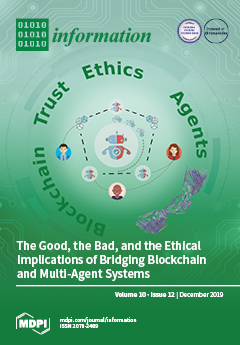Container terminals are the typical representatives of complex supply chain logistics hubs with multiple compound attributes and multiple coupling constraints, and their operations are provided with the strong characteristics of dynamicity, nonlinearity, coupling, and complexity (DNCC). From the perspective of computational logistics, we
[...] Read more.
Container terminals are the typical representatives of complex supply chain logistics hubs with multiple compound attributes and multiple coupling constraints, and their operations are provided with the strong characteristics of dynamicity, nonlinearity, coupling, and complexity (DNCC). From the perspective of computational logistics, we propose the container terminal logistics generalized computing architecture (CTL-GCA) by the migration, integration, and fusion of the abstract hierarchy, design philosophy, execution mechanism, and automatic principles of computer organization, computing architecture, and operating system. The CTL-GCA is supposed to provide the problem-oriented exploration and exploitation elementary frameworks for the abstraction, automation, and analysis of green production at container terminals. The CTL-GCA is intended to construct, evaluate, and improve the solution to planning, scheduling, and decision at container terminals, which all are nondeterministic polynomial hard problems. Subsequently, the logistics generalized computational pattern recognition and performance evaluation of a practical container terminal service case study is launched by the qualitative and quantitative approach from the sustainable perspective of green production. The case study demonstrates the application, utilization, exploitation, and exploration of CTL-GCA preliminarily, and finds the unsustainable patterns of production at the container terminal. From the above, we can draw the following conclusions. For one thing, the CTL-GCA makes a definition of the abstract and automatic running architecture of logistics generalized computation for container terminals (LGC-CT), which provides an original framework for the design and implementation of control and decision mechanism and algorithm. For another, the CTL-GCA can help us to investigate the roots of DNCC thoroughly, and then the CTL-GCA makes for conducting the efficient and sustainable running pattern recognition of LGC-CT. It is supposed to provide a favorable guidance and supplement to define, design, and implement the agile, efficient, sustainable, and robust task scheduling and resource allocation for container terminals by computational logistics whether in the strategy level or the tactical one.
Full article





